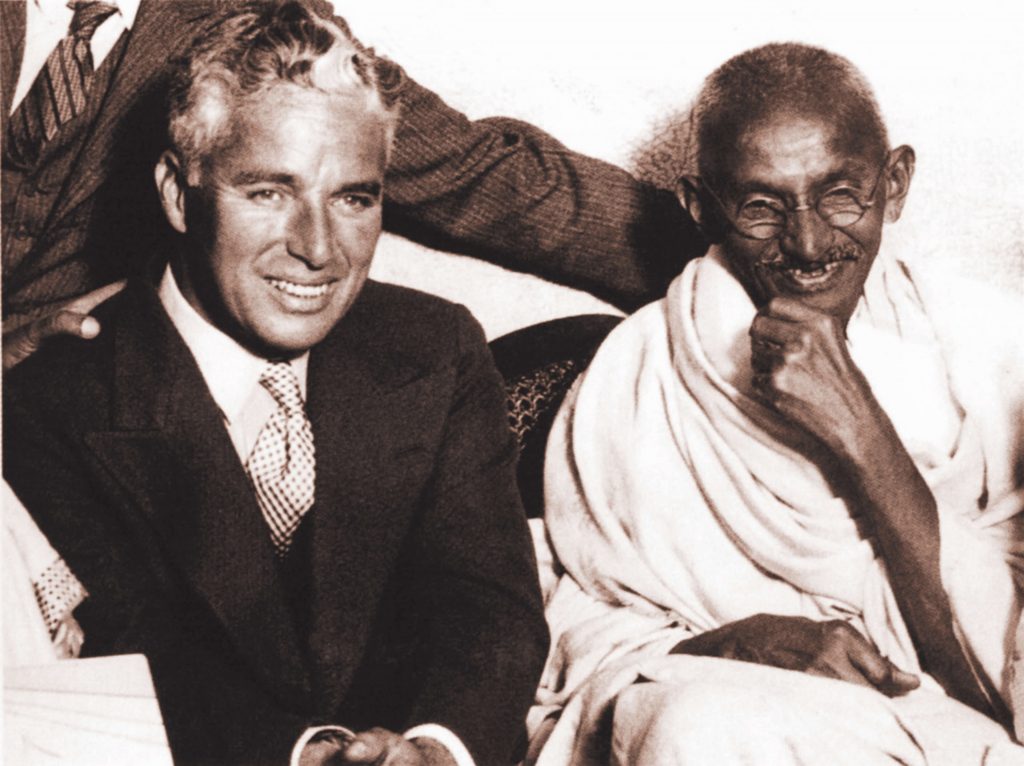For a Mahatma and the Father of the nation M. K. Gandhi was a simple living high thinking purist who refused modern medicine to treat his chronic high blood pressure, acute amoebic dysentery that almost killed him in 1918 and a number of ailments that are listed in the collectors’ edition book, Gandhi and Health @150 released Monday by the Indian Journal of Medical Research (IJMR) as part of his 150th birth anniversary celebrations.
The book attempts an insight at the Gandhian philosophy of health and the naturalist approach of his lifestyle. He led a disciplined life and followed a routine that included daily exercise which mostly included walking for long miles. He also promoted a vegetarian diet and stayed away from tobacco or alcohol. We should follow in his footsteps,” said Dr Balram Bhargava, director general of ICMR.
Walks
Gandhi walked around 18 km, or 22,500 steps, every day for over 40 years, and covered a total of 79,000km for his campaigns between 1913 and 1948. “This is equivalent to walking around the Earth twice,” the journal said. The World Health Organisation recommends walking 8,000-10,000 steps a day to stay healthy.
Weight
Mohandas Karamchand Gandhi weighed 46.7 kg and was 5-feet-5-inches tall at age 70. The weight to height ratio that is called the body mass index (BMI) of Gandhi at that time was 17.1, which falls in the underweight category.
Blood
Gandhi’s blood pressure peaked February 19, 1940 and was recorded at 220/110, against a healthy blood pressure of under 120/80. In his usual way he refused synthetic medicine and applied mud poultice on his abdomen every day and ate garlic and Sarpgandha (Indian snakeroot), which is an undershrub flower found in sub-Himalayan region.
“The high blood pressure did cause some changes to his cardiovascular health but his overall heart health was good,” said Dr Bhargava, who is a cardiologist by training.
Malaria
Between 1918 and 1945, he suffered three bouts of malaria, two of dysentery, and had gastric flu and influenza once. Acute amoebic dysentery almost killed him in 1918, but Gandhi refused to be treated by modern medicines. He believed dysentery could be cured by abstaining from food. He refused injections and doctors finally convinced him to take an enema, in which they mixed emetine hydrochloride, an anti-protozoal drug.
Piles and appendicitis
Mahatma Gandhi, born October 2 1869, was operated for piles in 1919 and appendicitis in 1924. He also developed pleurisy — an inflammation of the tissue on the inner side of the lungs — during his visit to London during World War I.
The work also talks about Gandhi’s emphasis on sanitation and nutrition to improve population health, and a “village first” approach to mobilise community action.
Our take
The journal which is a celebratory work on Mahatma Gandhi could also be looked at as a guideline for present times. With the amount of concerns piling exponentially like the garbage, the world is facing acute environmental crisis and by getting closer to nature and our natural ways we will not only establish a healthier bond but a step towards a celebratory future.
WHO regional director, Poonam Khetrapal Singh also believes that health is multisectoral and needs to focus not just on health care delivery but also on sanitation, water and nutrition.
PNN
